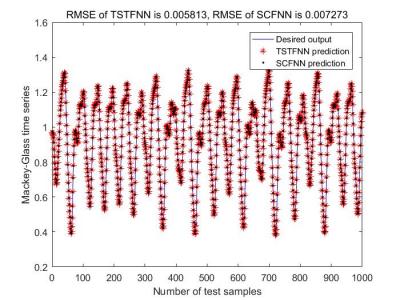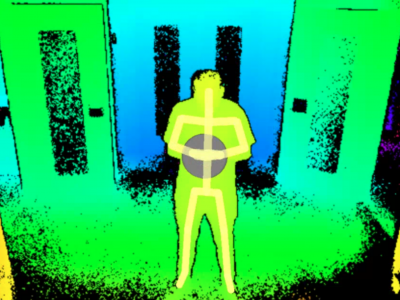Machine Learning

This dataset is used for network anomaly detection and is based on the UGR16 dataset network traffic flows. We used June week 2 to 4 tensors generated from raw flow data to train the models. The dataset includes a set of tensors generated from the whole UGR’16 network traffic (general tensor data) and several sets of port tensors (for specific port numbers). It also includes the trained models for each type of tensor. The tensors extracted from network traffic in the period from July week 5 to the end of August can be used for evaluation. The naming convention is as follows:
- Categories:
 758 Views
758 ViewsReSysTDepth collects trajectories of people in indoor spaces. Each trajectory is composed of a sequence of three-dimensional coordinates that capture the center of mass of people moving in the corridor of a building. It is composed of two datasets:
- Real Dataset - real data captured by a depth camera (Microsoft Kinect v2).
- Synthetic dataset - synthetic data generated artificially using splines.
- Categories:
 293 Views
293 ViewsThe C3I Thermal Automotive Dataset provides > 35,000 distinct frames along with annotated thermal frames for the development of smart thermal perception system/ object detection system that will enable the automotive industry and researchers to develop safer and more efficient ADAS and self-driving car systems. The overall dataset is acquired, processed, and open-sourced in challenging weather and environmental scenarios. The dataset is recorded from a lost-cost yet effective 640x480 uncooled LWIR thermal camera.
- Categories:
 2900 Views
2900 Views
A synthetic dataset designed to evaluate transfer learning performance for RF domain adaptation in the publication Assessing the Value of Transfer Learning Metrics for RF Domain Adaptation. The dataset contains a total of 13.8 million examples, with 600k examples each of 22 modulation schemes (given below) and AWGN noise (200k each for training, validation, and testing); 512 raw IQ samples per example.
- Categories:
 1156 Views
1156 Views
Companion data of the paper "Using social media and personality traits to assess software developers’ emotions" submitted to the IEEE Access journal, 2022. This dataset contains the anonymized dataset used in the study, including the answers of demographic survey, the answers to the Big Five Inventory, the experiment protocol, the manual analysis from psychologists and participants, all generated charts and data analysis.
- Categories:
 410 Views
410 Views
Safety assessment of Cyber-Physical Systems (CPS) requires a tremendous amount of effort as the complexity of cyber-physical systems is increasing. A well-known approach for the safety assessment of CPS is Fault Injection (FI). The goal of fault injection is to find a catastrophic fault that can fail the system by injecting faults into it. These catastrophic faults are less likely to happen, and finding it requires tremendous labor and cost.
- Categories:
 159 Views
159 ViewsMinimally-Invasive Surgeries can benefit from having miniaturized sensors on surgical graspers to provide additional information to the surgeons. One such potential sensor is an ultrasound transducer. At long travel distances, the ultrasound transducer can accurately measure its ultrasound wave's time of flight, and from it, classify the grasped tissue. However, the ultrasound transducer has a ringing artifact arising from the decaying oscillation of its piezo element, and at short travel distances, the artifact blends with the acoustic echo.
- Categories:
 803 Views
803 Views
In this paper, we propose a framework for 3D human pose estimation using a single 360° camera mounted on the user's wrist. Perceiving a 3D human pose with such a simple setup has remarkable potential for various applications (e.g., daily-living activity monitoring, motion analysis for sports training). However, no existing method has tackled this task due to the difficulty of estimating a human pose from a single camera image in which only a part of the human body is captured, and because of a lack of training data.
- Categories:
 280 Views
280 Views
Using acoustic waves to estimate fluid concentration is a promising technology due to its practicality and non-intrusive aspect, especially for medical applications. The existing approaches are exclusively based on the correlation between the reflection coefficient and the concentration. However, these techniques are limited by the high sensitivity of the reflection coefficient to environmental conditions changes, even slight ones. This introduces inaccuracies that cannot be tolerated in medical applications.
- Categories:
 253 Views
253 Views

